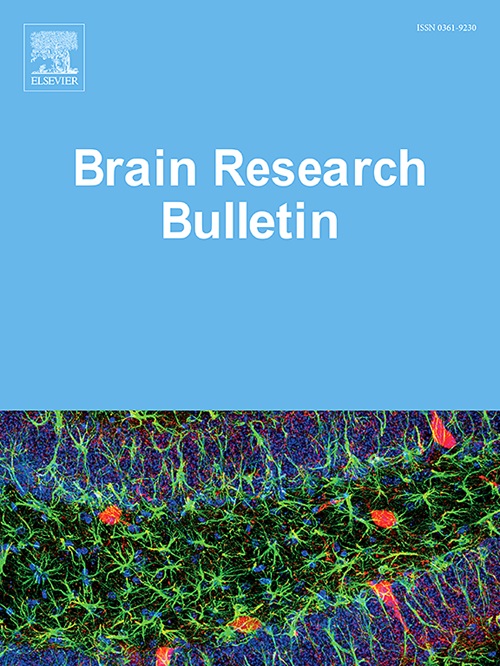不同听觉环境对任务表现和脑电活动的影响
IF 3.5
3区 医学
Q2 NEUROSCIENCES
引用次数: 0
摘要
精神负荷会影响人的表现。不适当的工作量水平,无论是过高还是过低,都会导致不舒服和任务绩效下降。听觉刺激已被证明是一种影响工作负荷的情绪媒介。例如,“莫扎特效应”已被证明可以提高空间推理任务的表现。然而,听觉刺激对任务表现和大脑活动的影响尚不清楚。这项研究考察了三种不同环境——安静、音乐和白噪音——对任务表现和脑电图活动的影响。N-back任务用于诱导精神负荷,精神运动警觉性任务用于评估被试的警觉性。我们提出了一种新的基于统计的方法来构建脑功能网络,避免了主观阈值选择的问题。该方法系统地分析了不同环境下的网络连接模式。我们的分析显示,白噪音对参与者产生了负面影响,主要影响了高频范围的大脑活动。本研究为听觉刺激与心理负荷之间的关系提供了更深入的见解,为未来心理负荷调节的研究提供了强有力的框架。本文章由计算机程序翻译,如有差异,请以英文原文为准。
Impact of different auditory environments on task performance and EEG activity
Mental workload could affect human performance. An inappropriate workload level, whether too high or too low, leads to discomfort and decreased task performance. Auditory stimuli have been shown to act as an emotional medium to influence the workload. For example, the ‘Mozart effect’ has been shown to enhance performance in spatial reasoning tasks. However, the impact of auditory stimuli on task performance and brain activity remains unclear. This study examined the effects of three different environments—quiet, music, and white noise—on task performance and EEG activities. The N-back task was employed to induce mental workload, and the Psychomotor Vigilance Task assessed participants’ alertness. We proposed a novel, statistically-based method to construct the brain functional network, avoiding issues associated with subjective threshold selection. This method systematically analyzed the connectivity patterns under different environments. Our analysis revealed that white noise negatively affected participants, primarily impacting brain activity in high-frequency ranges. This study provided deeper insights into the relationship between auditory stimuli and mental workload, offering a robust framework for future research on mental workload regulation.
求助全文
通过发布文献求助,成功后即可免费获取论文全文。
去求助
来源期刊

Brain Research Bulletin
医学-神经科学
CiteScore
6.90
自引率
2.60%
发文量
253
审稿时长
67 days
期刊介绍:
The Brain Research Bulletin (BRB) aims to publish novel work that advances our knowledge of molecular and cellular mechanisms that underlie neural network properties associated with behavior, cognition and other brain functions during neurodevelopment and in the adult. Although clinical research is out of the Journal''s scope, the BRB also aims to publish translation research that provides insight into biological mechanisms and processes associated with neurodegeneration mechanisms, neurological diseases and neuropsychiatric disorders. The Journal is especially interested in research using novel methodologies, such as optogenetics, multielectrode array recordings and life imaging in wild-type and genetically-modified animal models, with the goal to advance our understanding of how neurons, glia and networks function in vivo.
 求助内容:
求助内容: 应助结果提醒方式:
应助结果提醒方式:


